Questions? Give Us A Call (800) 930-2905.

"*" indicates required fields
By submitting, you authorize M & M Home Remodeling to reach out via phone, email, or text for explicit information about project needs. We will never share your personal information with 3rd parties for marketing purposes or spam you. You can opt out at any time. Message/data rates apply. Consent is not a condition of purchase. Privacy Policy

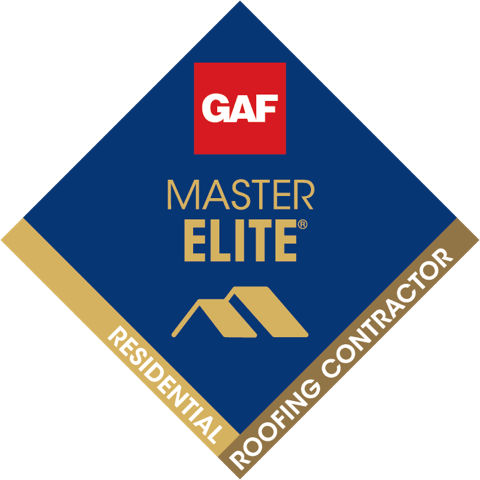

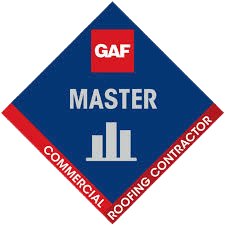

Small: 1,200 sq. ft. to 2,000 sq. ft.
Cost range for a turnkey roof installation:
$9,500 to $12,500

Medium: 2,100 sq. ft. to 3,200 sq. ft.
Cost range for a turnkey roof installation:
$12,600 to $15,000

Large: 3,200 sq. ft. to 4,300 sq. ft.
Cost range for a turnkey roof installation:
$15,000 to $25,000
Typically, when it comes to skylights, it’s better to replace them during a new roof replacement. The reasoning behind this is that it can be very costly to replace them if you have a repair done let’s say five years after getting a brand-new roof. You can save money on labor costs by getting them replaced during the shingle project and decrease the risk of a leaky skylight that results in damage to your home. Each skylight is approximately anywhere from five to ten percent of the cost of the roof. Skylights are a costly add-on, and they will make the price of a roof replacement increase considerably.
According to Velux, the average cost to replace a skylight is approximately between $900 and $3,600.
Just as you want to make sure that the area around your skylight is sealed to prevent water from leaking into your home, you need to do the same for your chimney. What creates your chimney’s seal is something called flashing. Chimney flashing consists of a metal layer that forms a waterproof seal where your chimney and roof meet.
The amount of chimney flashings that are required for a new roof is another variable as it relates to why roofing prices can fluctuate. The estimated cost for chimney flashing installation is approximately $500 to $1,000, including labor and materials.

Multiple layers of roofing on your home, will drive up the labor and disposal costs due to the added weight. Multiple layers come from contractors installing an additional layer of shingles over the existing layer. Most municipalities will not allow more than two layers; however, it’s common to
discover a third layer when work was completed without the proper permitting. The pricing increase is approximately 10% more per sq. ft. for every additional layer due to the removal and disposal costs.
You may be thinking, why can’t I just put a new roof over my old roof? This is also known as reroofing and is problematic for multiple reasons. One being that once all of the old layers are removed, your installer can examine the roof decking (wooden boards that make up the foundation or base of your roof system) for any deterioration such as water damage and rot before installing a new roofing system. Another issue with this is that according to Thumbtack, reroofing should only be done once, only when the existing shingles are in good condition, and only when you don’t currently have two layers of shingles on your roof.
Sometimes during a roof tear-off, the roof deck is inspected and found to be in good condition and no wood needs to be replaced. In other instances, the wood (aka roof decking) is bad because of leaks or age. This causes the sheathing to become weak or rotten. Because contractors can’t always see the roof deck prior to tear-off, there should be a wood price in the contract in the event that the replacement of wood is needed.
Depending on your geography and roof pitch, wood decking replacement installed will range from $3.50 to $4.75 per sq. feet.
A roof provides shelter and protection from the elements. This makes a roof essential to every home. The thought of replacing your roof might overwhelm you in terms of the duration of the project and cost for such an undertaking.
Our goal is to provide you with trustworthy and authentic roofing cost information to help you break down what variables are involved in determining the overall cost for a roof replacement.
Before we get started, it’s important to know the lingo when it comes to what makes up a roof so that you and your contractor are speaking the same language. As listed in Owens Corning’s The Anatomy of a Roof, a roof system is comprised of the following common roof parts:

Common parts and layers of a residential roof with asphalt shingles
There are many different types of roof material to consider for your roof replacement. The roofing material that you select will be a major contributing factor to the total cost of your roofing project.
When it comes to roofing material, you’ll want to consider the following:
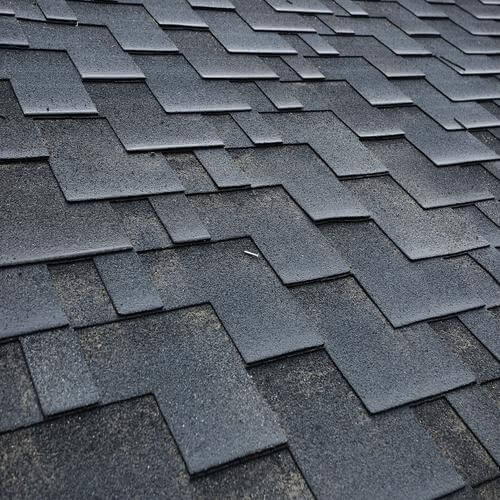
There are many different types of roof material to consider for your roof replacement. The roofing material that you select will be a major contributing factor to the total cost of your roofing project.
When it comes to roofing material, you’ll want to consider the following:
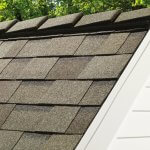



As with any major purchase, you’ll want to weigh your options for how you plan on paying for your roofing project. Consider the following as you make your decision:
Get three quotes. As mentioned above, be sure to get three quotes from reputable contractors. Read online ratings/reviews, check BBB ratings, and ask for the contractor’s proof of insurance and license and bond certifications.
Do your due diligence when researching roofing contractors. When deciding between multiple contractors, make sure that you are comparing apples to apples. Just because you have a lower price from a contractor, doesn’t mean that they’re using the same quality materials or that they are following the manufacturer’s specifications for installation.
For example, some companies might forgo using an ice and water protector membrane or not check for proper ventilation. In order for the warranty to be valid, the contractor must follow the manufacturer’s specifications and install the roof the correct way. Make sure that you hire a manufacturer-certified company. As founder of Capital Improvements Roofing, Pat Jewell spells this out by saying, “If your roofing contractor doesn’t have a manufacturer certification, they cannot file warranties.” As explained by HomeLight, if you have a roof with 50-year lifetime shingles, but it’s not installed by a certified company, then that roof actually only has a 10-year warranty.
Get a roofing warranty. Read the manufacturer’s warranty carefully to determine what is and isn’t covered and for how long. Consider purchasing the manufacturer’s after-market warranty, which will cover more than what comes with your roofing material. Note that there are different types of warranties out there, and they have different wind resistance ratings. Another point of note is that some warranties are prorated while others are non-prorated.
How much value does a new roof add to your home? In addition to providing shelter and protection, the average return on investment (ROI) for a roof replacement is around 60% for favorable terms according to Remodeling’s How to Analyze ROI on a Roof Replacement. Note that this percentage can vary based on location and other details. For more information, consult your roofing contractor who can help you get an approximate ROI.
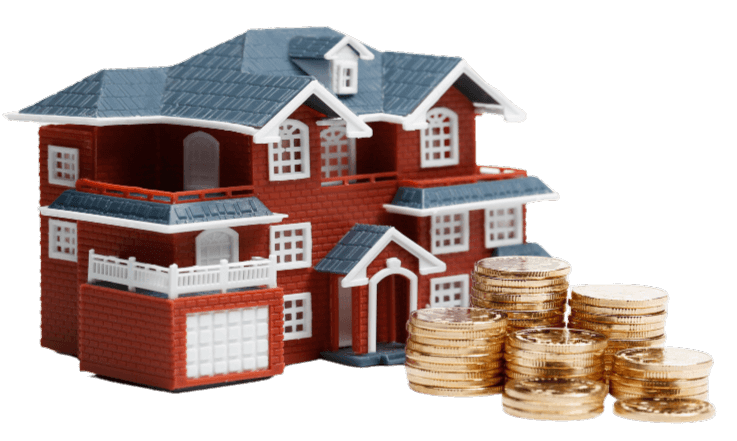
Explore the transformations we’ve recently completed across Illinois & Indiana showcasing our dedication to quality and customer satisfaction.






Home » Learning Center » How Much Does a Roof Replacement Cost?